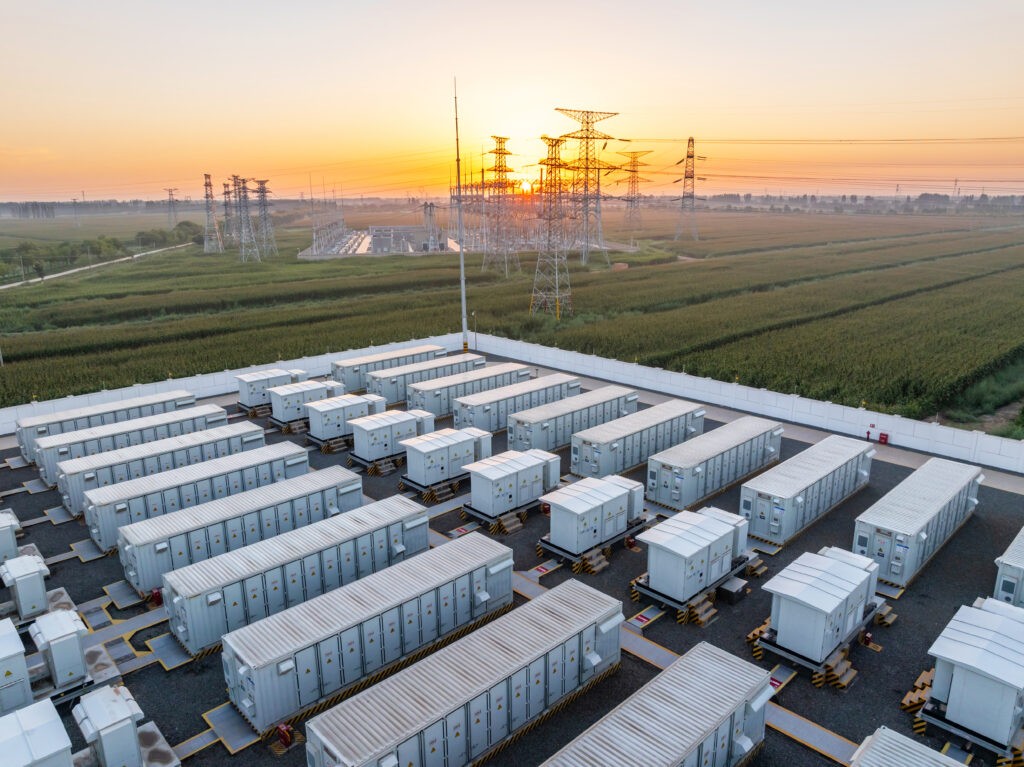
Three Trends Shaping Decarbonisation in 2025 and Beyond
Securing a sustainable, affordable, and just future for everyone requires decarbonisation to happen at an unparalleled speed and scale. As we enter 2025, the following trends are empowering commercial & industrial building owners and social housing providers to take their efforts to the next level.
1. Energy-as-a-Service Makes Action Profitable

The emergence of Energy-as-a-Service (EaaS) offerings is finally making the adoption of clean energy technologies financially attractive. A subscription model, EaaS means that building stakeholders face low or no upfront costs for clean energy technologies, benefit from a net financial gain from day one, and enjoy insured technology outcomes for the long term. Such financial rewards for climate action are game-changing, moving decarbonisation from a ‘nice-to-have’ to good business sense.
Crucially, as a managed solution, EaaS overcomes the key barriers facing energy upgrade projects: be that access to private finance, lack of internal resources, or concerns over the business case. By integrating hardware, software, and services into one pre-packaged offering, EaaS empowers a seamless customer experience. Financed, insured, and profitable decarbonisation is here and with it, meaningful action is happening at scale.
2. Battery Energy Storage Systems Maximise the Value of Renewables

The move towards electrification is growing. And with it, building systems are beginning to align with the larger goal of transitioning to a net zero energy grid.
A key technology shifting the dial is Battery Energy Storage Systems (BESS). Up until recently, a significant portion of renewables’ value has remained untapped, with their intermittent nature creating a ‘use it or lose it’ scenario. BESS overcomes this challenge – enabling excess renewable energy to be stored and discharged as needed. This mobilises a range of different technologies – from solar panels to EV chargers.
Underpinning the business case for BESS are optimisers (i.e., virtual power plant operators). They unlock new revenue streams – such as capacity income and flexibility payments – by accessing the wholesale energy and ancillary service markets. Optimisers play an important role in defending the long-term returns of BESS co-located with renewables. As the value of various cash flows in a project revenue stack fluctuates, an optimiser can manage these clean energy technologies in real time to ensure their participation in the most profitable markets.
3. Penalties for Building Non-compliance Are Driving Action

Governments worldwide have set stringent deadlines for decarbonising existing buildings. Notable examples include New York State’s Local Law 97, with fines starting in 2025, and the UK’s 2030 EPC C requirement for social housing, which is progressing through public consultation. As non-compliance penalties loom, building owners are leaping into action – either by decarbonising their properties or selling them to those who can.
Conclusion
The above trends are collectively transforming the decarbonisation narrative – moving us to a place where action is the profitable choice. If we are to forge a greener, more sustainable future for everyone, this momentum needs to continue. As building owners gear up and act, businesses are ready and waiting with the solutions.
Authors

Michelle Taute, Head of Strategic Engagement, Tallarna
Michelle Taute is the Head of Strategic Engagement at Tallarna. Dedicated to creating and publicising the company’s decarbonisation narrative, she focuses on bringing together industry-leading stakeholders to drive cross-sector action. A company spokesperson, Michelle focuses on empowering financial, social, and environmental sustainability. Prior to working in climate tech, Michelle worked in cyber security, publishing articles on the role of AI for the likes of Wired, TechHQ, and New Statesman Tech.



